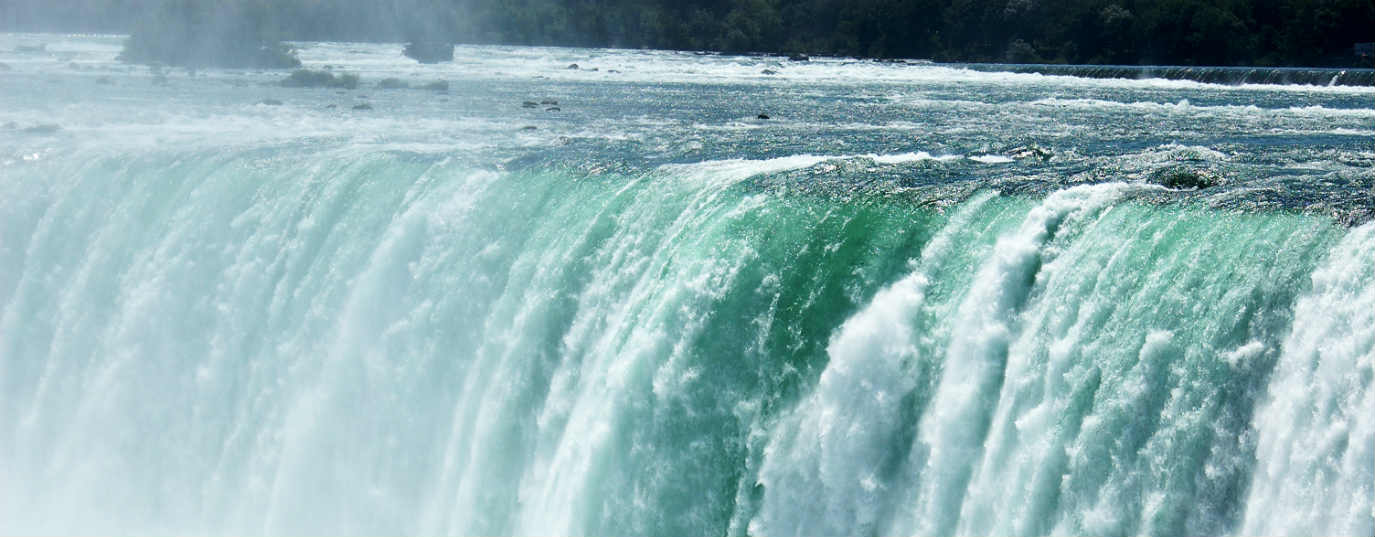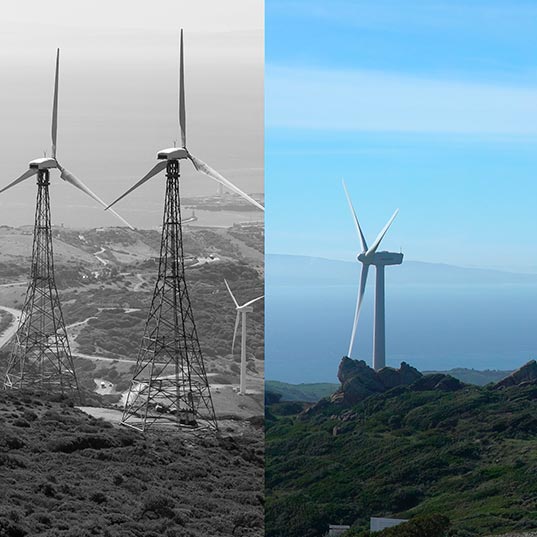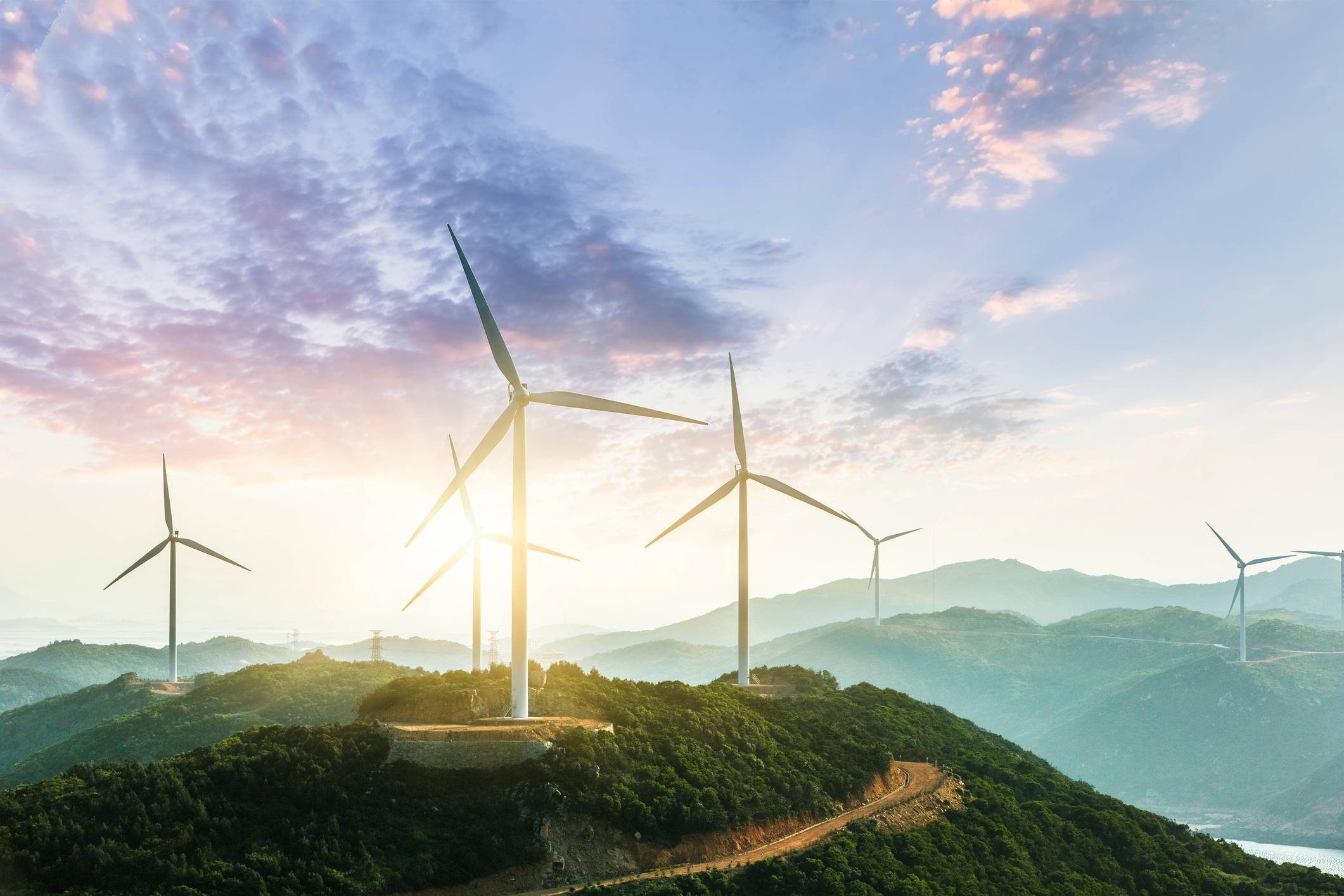Renewable energies: water power
Hydroelectric power will remain an important source of electric power for the first 30 years of the 21st century.
According to the World Energy Outlook from 2005, hydroelectric power will remain an important source of electric power for the first 30 years of the 21st century. Although most of hydropower resources in OECD countries are already being exploited, growth potential is estimated at 1.8% for the period 2003-2030. Curiously, developing countries will be responsible for most of the growth.
Mini Hydraulic Power
This is the name given to facilities installed in water jumps, not requiring reservoirs or changes to the river course. Dammed river water, or water running in irrigation channels, is allowed to fall from a sufficient height – 2, 3 or more metres – so that its volume's thrust activates turbine blade rotation to create electricity.
Meanwhile, so-called microgeneration offers an opportunity for telecommunications and economic development in communities living in places very far from electricity systems but that have small flows of water in their vicinity; there are several initiatives to promote their installation in countries like Bolivia and Peru.
Tidal power
The constant movement of seas and oceans can be captured in the thrust of waves and tides, concentrating their force through systems similar to giant funnels – in other cases, gates, locks, oscillating columns, fluid pumps, etc – to harness the great water volume's thrust to rotate turbines connected to electricity generators.
This system has not yet been extensively implemented, but recent technological developments point to the possibility of its gradual application.
Hydropower is a renewable energy that is not considered to be totally clean (except for mini hydraulic power), owing, fundamentally, to the environmental impact of building dams to store water. So, there are new issues to be resolved in this renewable energy.







